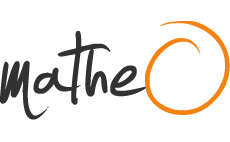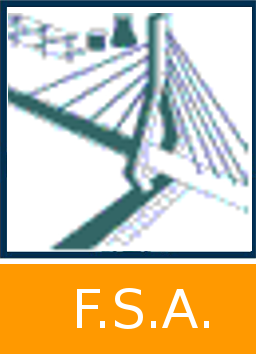Image Smoothing in Neuroimaging: Effect of Gaussian vs. Tissue-Specific Approaches on Statistical Analysis
Jacquemin, Antoine 
Promoteur(s) :
Phillips, Christophe 
Date de soutenance : 24-jan-2025 • URL permanente : http://hdl.handle.net/2268.2/22438
Détails
| Titre : | Image Smoothing in Neuroimaging: Effect of Gaussian vs. Tissue-Specific Approaches on Statistical Analysis |
| Titre traduit : | [fr] Lissage d'images en neuro-imagerie : effet de l'approche gaussienne vs. des approches spécifiques aux tissus sur l'analyse statistique |
| Auteur : | Jacquemin, Antoine 
|
| Date de soutenance : | 24-jan-2025 |
| Promoteur(s) : | Phillips, Christophe 
|
| Membre(s) du jury : | Bahri, Mohamed Ali 
Sacré, Pierre 
|
| Langue : | Anglais |
| Nombre de pages : | 115 |
| Mots-clés : | [en] Spatial Smoothing [en] Tissue-Specificity [en] qMRI [en] fMRI [en] Neuroimaging [en] TSPOON [en] TWS [en] Gaussian Smoothing [en] Partial Volume Effect |
| Discipline(s) : | Ingénierie, informatique & technologie > Multidisciplinaire, généralités & autres |
| Public cible : | Chercheurs Professionnels du domaine Etudiants Grand public |
| Institution(s) : | Université de Liège, Liège, Belgique |
| Diplôme : | Master en ingénieur civil biomédical, à finalité spécialisée |
| Faculté : | Mémoires de la Faculté des Sciences appliquées |
Résumé
[en] Title: Image Smoothing in Neuroimaging: Effect of Gaussian vs. Tissue-Specific Approaches in Statistical Analysis
Author: Jacquemin Antoine
Section: "Ingénieur civil biomédical"
Academic Year: 2024-2025
Promotor: Phillips Christophe
This study aims to improve spatial smoothing approaches in quantitative and functional magnetic resonance imaging (qMRI and fMRI) by generalizing Tissue-SPecific smOOthing compeNsated (TSPOON) and comparing its performance with Tissue-Weighted Smoothing (TWS) and traditional Gaussian Smoothing. The work utilizes a qMRI dataset from the Wellcome Trust Centre for Neuroimaging (London) and the hMRI toolbox, a new collaborative toolbox for neuroimaging research, with the potential integration of the generalized TSPOON approach into the toolbox.
To achieve these goals, the study implements TSPOON by developing optimized tissue-specific binary masks to preserve tissue specificity. TWS, by contrast, employs continuous modulated warped tissue weights. The results show that TSPOON provides consistently lower effective smoothing than TWS. It is more sensitive to pronounced signal variations near tissue boundaries, thereby enhancing specificity. In contrast, TWS is better at capturing subtle variations within homogeneous regions, offering greater sensitivity. Notably, smoothing-induced differences in both qMRI and fMRI are predominantly observed at the tissue boundaries, highlighting the effects of partial volume biases.
These findings underline the complementary nature of TWS and TSPOON. TWS is suited for exploratory studies emphasizing sensitivity, while TSPOON is optimal for analyses requiring robust tissue delineation and specificity. The choice of method should align with the study’s objectives (whether broad signal coverage or precise detection of localized effects is prioritized). Future perspectives include refining the design of tissue-specific masks, extending the evaluation of these methods to other imaging modalities such as diffusion-weighted imaging and positron emission tomography and publishing the generalized TSPOON implementation to provide a new, versatile smoothing option for neuroimaging researchers.
Fichier(s)
Document(s)
Annexe(s)

 qMRI_article_reprod.png
qMRI_article_reprod.png
Description: Illustration qMRI_article_reprod
Taille: 554.88 kB
Format: image/png

 qMRI_article_stat.png
qMRI_article_stat.png
Description: Illustration qMRI_article_stat
Taille: 120.57 kB
Format: image/png

 qMRI_article_stat2.png
qMRI_article_stat2.png
Description: Illustration qMRI_article_stat2
Taille: 134.74 kB
Format: image/png

 qMRI_smooFullBrain.png
qMRI_smooFullBrain.png
Description: Illustration qMRI_smooFullBrain
Taille: 329.27 kB
Format: image/png
Citer ce mémoire
L'Université de Liège ne garantit pas la qualité scientifique de ces travaux d'étudiants ni l'exactitude de l'ensemble des informations qu'ils contiennent.


 Master Thesis Online
Master Thesis Online



 Tous les fichiers (archive ZIP)
Tous les fichiers (archive ZIP)
